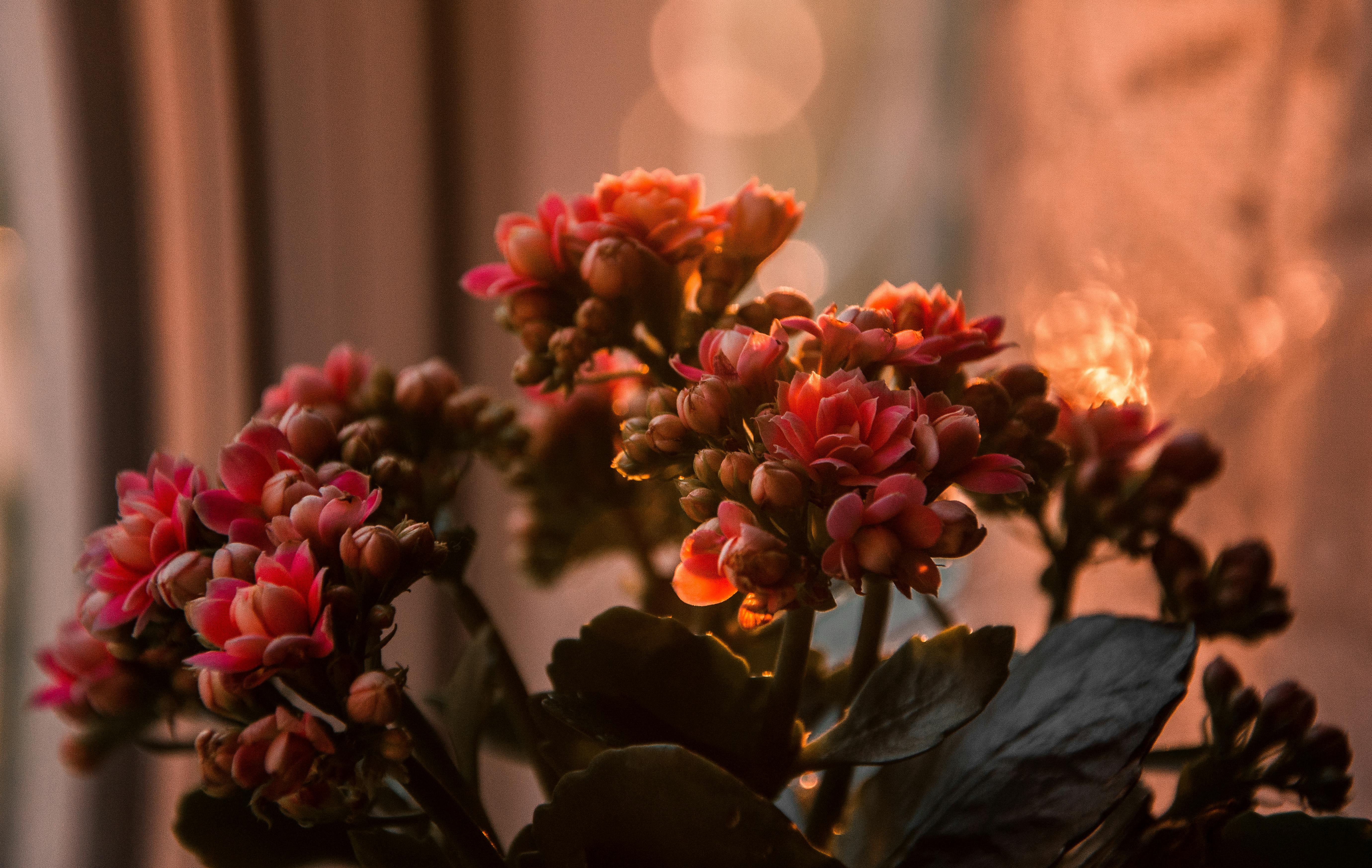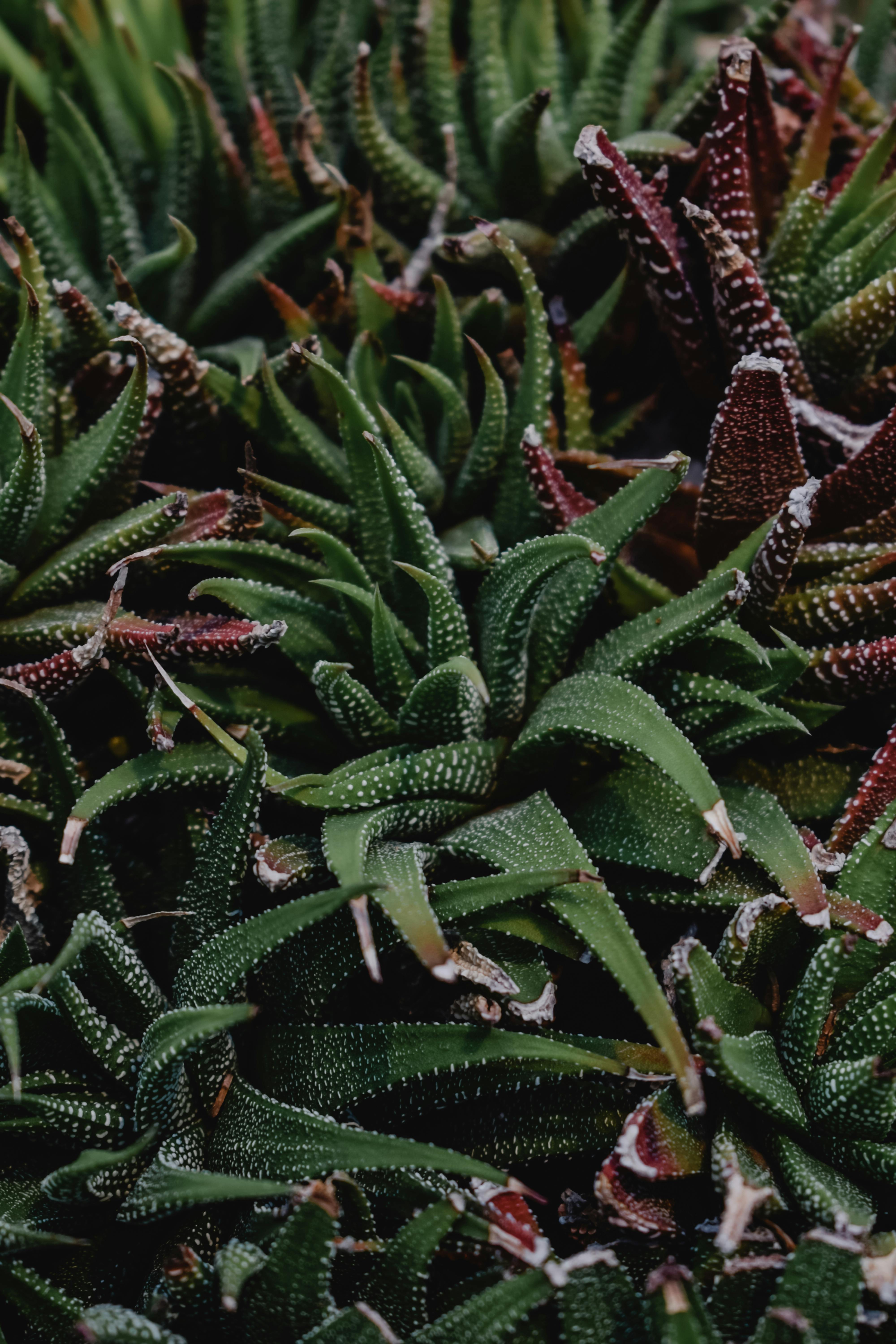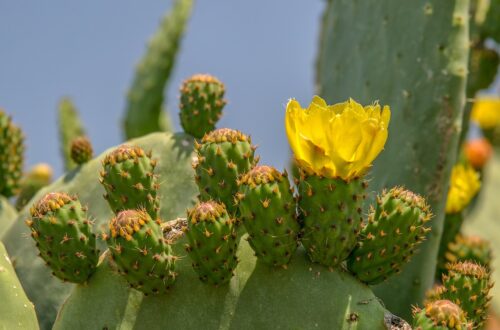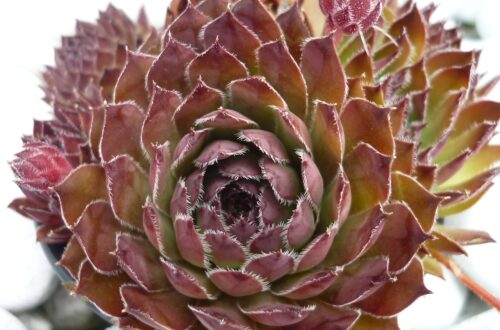
Are Succulents Poisonous?
Have you ever wondered if those charming succulents gracing your windowsill could pose a danger? Succulents are loved for their unique shapes and low-maintenance care, but it’s important to know whether they could be harmful, especially if you have pets or small children. Let’s clear up any confusion and examine the safety of succulents, looking at potential risks and precautions you should take.
Understanding Succulent Toxicity
Succulents are a diverse group of plants known for their thick, fleshy leaves and ability to store water. Their variety ranges from the widely recognized jade plant to the whimsical echeveria. While many succulents are non-toxic, a few can cause irritation or more severe reactions. Generally, succulents are not considered highly toxic, but it’s crucial to identify which ones might pose a risk.
Common non-toxic succulents include the jade plant, haworthia, and zebra plant. These are generally safe for homes with pets and children. However, even non-toxic succulents can cause mild discomfort if ingested, such as nausea or vomiting. It’s always wise to monitor your pets and children to prevent them from chewing on plants.

Toxic Succulent Varieties
While many succulents are safe, certain species do contain compounds that can be harmful if ingested. For example:
- Euphorbia: This large genus includes several succulents, like the spurge and the pencil cactus. Euphorbias contain a milky latex that can cause skin irritation, and ingestion can lead to gastrointestinal upset. It’s best to keep these plants out of reach of pets and children.

- Aloe Vera: While aloe vera is famous for its medicinal uses, its raw, unprocessed form can be toxic. The latex inside the leaf contains compounds that can cause nausea, vomiting, and diarrhea if consumed in large quantities. Aloe vera is typically safe when used topically, but ingestion should be avoided.

- Kalanchoe: Some varieties of kalanchoe contain compounds that can affect the heart and lead to symptoms such as vomiting or lethargy in pets. While kalanchoe is a beautiful plant, it’s best to keep it away from curious pets.

Symptoms of Poisoning
Understanding the symptoms of poisoning can help in quickly addressing any issues if a plant is ingested. Common symptoms of succulent poisoning include:
- Gastrointestinal Distress: Vomiting, diarrhea, and abdominal pain are typical signs if a succulent is ingested. This is usually mild but can be uncomfortable.
- Skin Irritation: Contact with the sap or juice of certain succulents, like euphorbia, may cause skin irritation or rashes.
- Lethargy or Behavioral Changes: Pets or children might show unusual behavior, such as lethargy or lack of appetite, if they have ingested a toxic plant.
If you suspect that someone has ingested a toxic plant, contact a healthcare professional or your local poison control center immediately for advice.
Preventing Accidental Ingestion
To prevent accidental ingestion of succulents, consider these tips:
- Placement: Keep succulents out of reach of children and pets. Place them on high shelves or in hanging planters where they cannot be easily accessed.
- Education: Educate family members about the potential risks of eating plants and the importance of not touching or putting them in their mouths.
- Alternative Plants: If you have young children or pets and are concerned about plant safety, consider non-toxic plants like spider plants, Boston ferns, or African violets as alternatives.
Handling and Care Precautions
Proper handling and care of succulents can also mitigate potential risks:
- Wear Gloves: When handling succulents with potentially irritating sap, such as euphorbias, wear gloves to prevent skin contact.
- Avoid Direct Contact: Try to avoid touching your face or mouth after handling succulents with latex or irritating substances. Wash your hands thoroughly afterward.
- Proper Identification: Ensure that you can correctly identify your succulents and understand their safety profile. Many plant care guides and online resources provide detailed information on the toxicity of various plants.
Safe Succulent Practices for Homes with Pets
If you have pets and want to include succulents in your home, choose varieties known to be safe. Here are a few pet-friendly succulents:

- Haworthia: Known for its compact rosette shape, haworthia is generally safe for pets and makes a great addition to your home.
- Echeveria: This popular succulent has minimal toxicity and is less likely to cause harm if ingested in small amounts.
- Sedum: Many sedum varieties are non-toxic and can be safely grown around pets.
By opting for these safer options and taking appropriate precautions, you can enjoy the beauty of succulents without worrying about potential hazards.
While most succulents are non-toxic and safe to grow, it’s essential to be aware of the few that can cause harm if ingested. Understanding the toxicity of different succulents, recognizing symptoms of poisoning, and taking preventive measures can help ensure a safe environment for your family and pets. With the right knowledge and care, you can enjoy the beauty of succulents without unnecessary worry.


